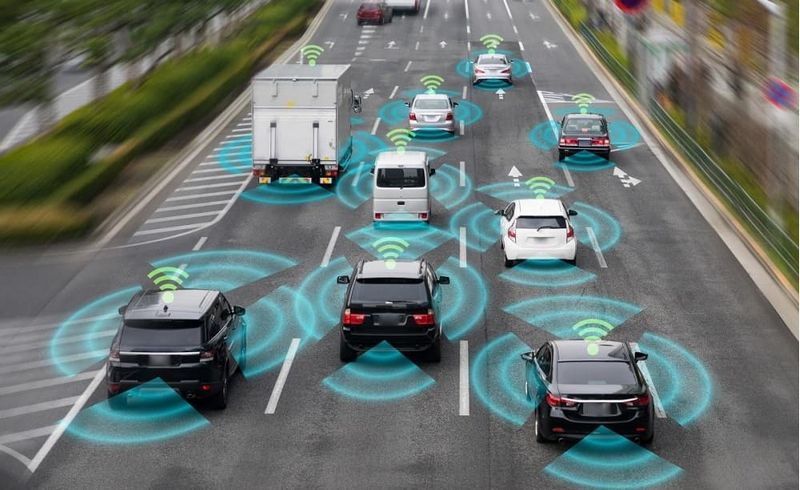
Gamification, the application of game design principles and mechanics to non-game contexts, has become a popular strategy for engaging users and driving behavior. While often associated with the gaming industry, gamification has expanded beyond games and is now being used in a variety of applications, most notably in mobile apps.
Mobile apps that incorporate game logic have seen a surge in popularity in recent years, as they offer users a more interactive and engaging experience. These apps leverage elements such as points, badges, levels, and leaderboards to encourage user engagement and motivate desired actions.
One example of gamification in non-game apps is fitness apps. Apps like Fitbit and Strava use game elements such as challenges, rewards, and achievements to motivate users to exercise regularly and achieve their fitness goals. By tracking their progress and offering incentives for reaching milestones, these apps make fitness more fun and engaging for users.

Another popular application of gamification in non-game apps is in education. Apps like Duolingo and Khan Academy use game-like features such as levels, points, and leaderboards to make learning more enjoyable and motivating for students. By incorporating elements of competition and progression, these apps encourage users to stay engaged and continue learning.
Gamification is also being used in productivity apps to help users stay focused and motivated. Apps like Habitica and Todoist use game elements to turn mundane tasks into a fun and rewarding experience. By earning points and leveling up for completing tasks, users are incentivized to stay on track and reach their goals.
Overall, the use of game logic in non-game apps has proven to be an effective way to increase user engagement, drive behavior, and enhance the overall user experience. As gamification continues to evolve and expand, we can expect to see more innovative applications of game design principles in various industries beyond gaming.
